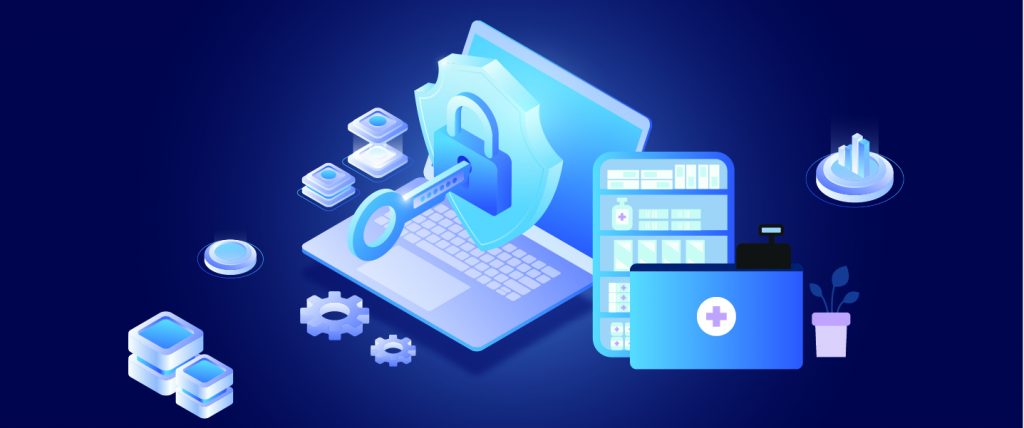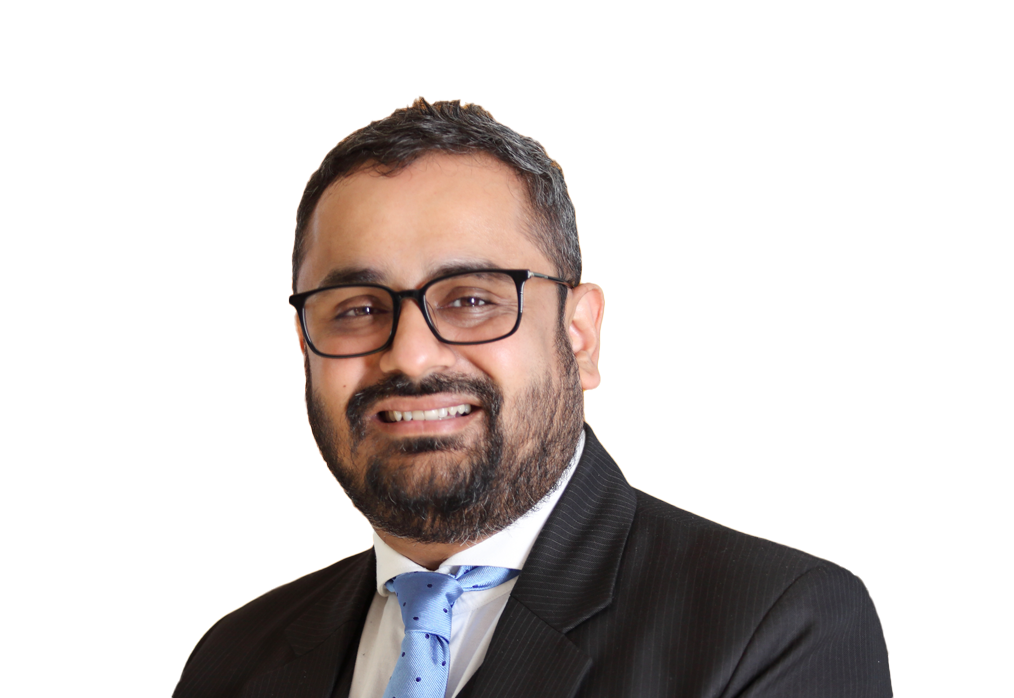Insights
The words that make us: On law, language and gender
February 14, 2025The Digital Personal Data Protection Act, 2023 marked a significant milestone in India as it was the first legislation to incorporate the pronouns “she/her” rather than “he/him” in the English version. The Union Minister of Electronics and Information Technology, Ashwini Vaishnaw, called this a move in line with the government’s aspirations for women’s empowerment. While this move is certainly celebratory, it makes one ponder, is just a change in the language of the legislation enough to achieve the goal of women empowerment and inclusivity?

Law is fundamentally a form of language. While it encompasses more than just verbal communication, as it also exists as a social institution expressed in various non-linguistic forms, its essence is deeply rooted in language. The language of law is gendered and this language seeps through our society’s views and mindsets. Changing the language of law is not easy but a possibility. The legal framework reflects and enforces the beliefs and values of society, influencing numerous aspects of daily life, from the duties of educators to credit card agreements. Consequently, the language used in law holds substantial significance, especially for those focused on addressing linguistic challenges and issues in the real world.
Read More+
A peek through the Courts of India reflects the gendered approach of the institutions. Former Chief Justice of India DY Chandrachud acknowledged the role of legal language in stereotyping women and tried to address these changes through the Supreme Court’s Handbook on Combating Gender Stereotypes during his tenure. While social change is desirable, bringing it through legal pathways takes time. Terms like ‘lady judge’, ‘lady lawyer’, and ‘lady advocate’ perpetuate the stereotype that the legal profession is predominantly male. While addressing judges who are women, often the terms ‘Lordship’, ‘Janab’, or ‘Sir’ are still regularly being used in Courts. This reflects how gender bias exists in the society. Many would dismiss such observations as frivolous and shift focus on the idea of ‘justice’ and ‘law’. But, how can justice and law change when it doesn’t understand half of the Indian population?
The next question that we reflect and ponder upon is, where do we start to bring about this change? While it is brilliant that the judiciary has acknowledged the need for a shift, the change does not stem from the Courts. This change starts from where the introduction to law begins, i.e. law schools and how we shape young generations.
Almost all law schools across India have a mandatory course titled ‘Legal Language: Research, Writing and Analysis’, a course which is the first introduction to the language of law. Changes are required to this course to include acknowledging the gendered perspectives of law and how to change them are necessary in order to train future lawyers, judges and legal professionals to embrace the nuances of how language changes the view of our society, and how stereotyping such language is harmful to the institution of ‘justice’. A judge is the commander of their courtroom and their word is held with respect by every person in that courtroom. Thus, the Handbook introduced by HMJ Chandrachud (Retd.) will act as a bible for ensuring the much-needed change in the judicial system.
Abhinav Chandrachud in his book; An Independent, Colonial Judiciary A History of: the Bombay High Court during the British Raj, 1862-1947 outlines how the legal institutions are conservative in a way that the institutions look to preserve their culture in order to affirm stability. Looking at today’s legal institutions, the reminiscence of colonialism is evident. Rahela Khorikwala takes a deeper look at the sociological and anthropological views of the courts of the past and present in her book, From the Colonial to the Contemporary Images, Iconography, Memories, and Performances of Law in India’s High Courts.
It is imperative to remember that it was only 100 years ago in 1923 that the Indian Courts permitted women to hold Bar Council licenses in Mumbai and practice law at the Bombay High Court. As Chandrachud in his book through archival research recounts, when Mithan Tata-Lam – the first woman to be an advocate in India at the Bombay High Court – entered the Bombay High Court, she turned the heads of all lawyers in awe, for a woman for the first time had entered that room as a lawyer. It has been a long journey for women to find a place for themselves in legal institutions, from Cornelia Sorabji, Regina Guha, and Mithan Tata-Lam to the present.
While today the legal community is celebrating the term “she/her”, history has not been kind on account of the omission of these terms in the past. In 1916, a law graduate, Regina Guha challenged a refusal to be admitted as a pleader before the District Court of Alipore in the case of In Re: Regina Guha 35 IND CASE 925. Her application was rejected on the ground that the Legal Practitioners Act, 1879 only used the term “he/him”. The Court came to the conclusion that since the Legal Practitioners Act, 1879 never uses the term “she/her”, the legislation imagined the pleader to only be a man.
In February 1922, Dr Hari Singh Gour, a member of the Central Legislative Assembly and the First Vice Chancellor of Delhi University, moved a resolution to end the ordeal of women’s restrictions in the institutions of law. Hari Singh Gour highlighted how the law denied women the ability to practice law despite the advancement of women in the profession of medicine and public service, and his efforts resulted in the Legal Practitioner’s (Women) Act, 1923 formally permitting women to practice law.
While the debate on women empowerment is urgent, the language of the law also has to be inclusive of minorities like the transgender communities previously unacknowledged by legislation. The Supreme Court’s views on the transgender community in the National Legal Services Authority v. Union of India (2012) provide a pathway. The Court in its judgment urged for the recognition of transgender persons in laws made by the Parliament and State Legislatures, and the imminent need for the recognition of transgender persons in law along with suggesting an amendment to the General Clauses Act to include transgender persons in the interpretation clause for gender.
A similar notion was shared by Justice Satyanarayana Murthy of the Andhra Pradesh High Court in Matam Gangabhavani v. State of Andhra Pradesh:
“Though the Constitution provides reservation based on sex and social and educational backwardness in the appointments and admission into educational institutions as per Articles 15 & 16, but, the third gender is not recognized in the Constitution. Similarly, other laws including the General Clauses Act, 1977, did not recognize the third gender. Section 13(1) of the General Clauses Act, 1977, says that, in all Acts and Regulations unless there is anything repugnant in the subject or context, words importing the masculine gender shall be taken to include females. Similarly, Section 34 of Andhra Pradesh General Clauses Act, 1891, defined the word ‘Gender’ importing the masculine gender shall include females. Even if the principles under the General Clauses Act, 1977 and Andhra Pradesh General Clauses Act, 1891 are applied, it excludes the third gender, as both the Acts refer to male and female only, but not third gender.”
We certainly have come a long way from the colonial to the contemporary, and the change starts with words, but it must be translated into action. Change in the language of the law is the first crucial step towards such a change. Breaking away from stereotypes will help the legal profession to be inclusive and deliver justice to the “people” in society.
Once we change our paradigm towards understanding “people”, we will start noticing the often overlooked strata of our society.
As the British linguist David Crystals sums it up, “Language has no independent existence apart from the people who use it. It is not an end in itself; it is a means to an end of understanding who you are and what society is like.”
This change in legislative language in the Digital Personal Data Protection Act is welcomed by all the stakeholders in the government and legal fraternity, but there is a long way ahead in terms of how this language changes our actions. There is much to be desired in terms of inclusivity in the way. How will our legislative language accommodate references to transgender and non-binary persons? How will this change in words bring about a change in our actions? How would these words that make us, shape the society in modern equitable societies?
This article was originally published in Mondaq on 14 February 2025 Co-written by: Varun Pathak, Partner; Amee Rana, Counsel; Vishwajeet Deshmukh, Associate. Click here for original article
Read Less-
Contributed by: Varun Pathak, Partner; Amee Rana, Counsel; Vishwajeet Deshmukh, Associate
Disclaimer
This is intended for general information purposes only. The views and opinions expressed in this article are those of the author/authors and does not necessarily reflect the views of the firm.


